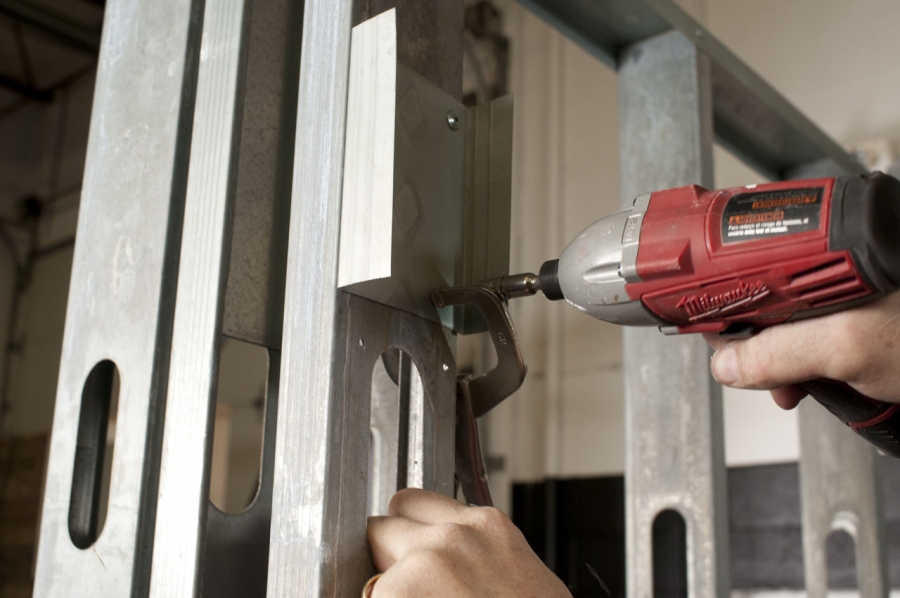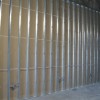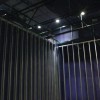Non-Structural Metal Framing
Non-structural metal framing, or light gauge metal framing, has become one of the best options for supporting plaster walls. Typically, light gauge metal framing is considered to range from 25 ga. to 18 ga. Non-structural metal studs can be produced from 1 5/8” to 14” widths to meet a great many framing requirements.

Metal studs are placed in the receiver tracks at the appropriate spacing, 16” or 24” on center depending on the load bearing requirements. The vertical legs of the track become the attachment areas for the studs to be secured in place. Studs and track are clamped together and secured with screws. Like wood framed assemblies, metal stud systems have the ability to have horizontal or diagonal bracing applied to keep the assembly rigid and square.
Although light gauge metal framing creates a new challenge for builders and home owners alike to become at ease with a screw gun, clamps, and chop saws instead of a hammer and nails, metal framing offers many advantages. Unlike wood framing, metal stud framing will not burn, shrink, warp, twist or bow, and metal does not support insect, mold or mildew growth. Metal studs can be ordered to exact lengths, reducing waste, and the pre-punched holes offer easy installation of plumbing and electrical construction. Many of the light gauge metal framing items are produced from recycled steel, reducing the impact on our forests for building materials and landfill space.
A disadvantage of light gauge metal framing, aside from becoming familiar with the products and construction techniques, is its cost, as it is still more expensive than wood. However, considering the product's advantages, 'green' characteristics, and its increasing usage by professionals and homeowners alike, the costs will become more competitive.

Buildipedia Staff
The Buildipedia research and writing staff consists of dozens of experienced professionals from many sectors of the industry, including architects, designers, contractors, and engineers.
Website: buildipedia.com/

